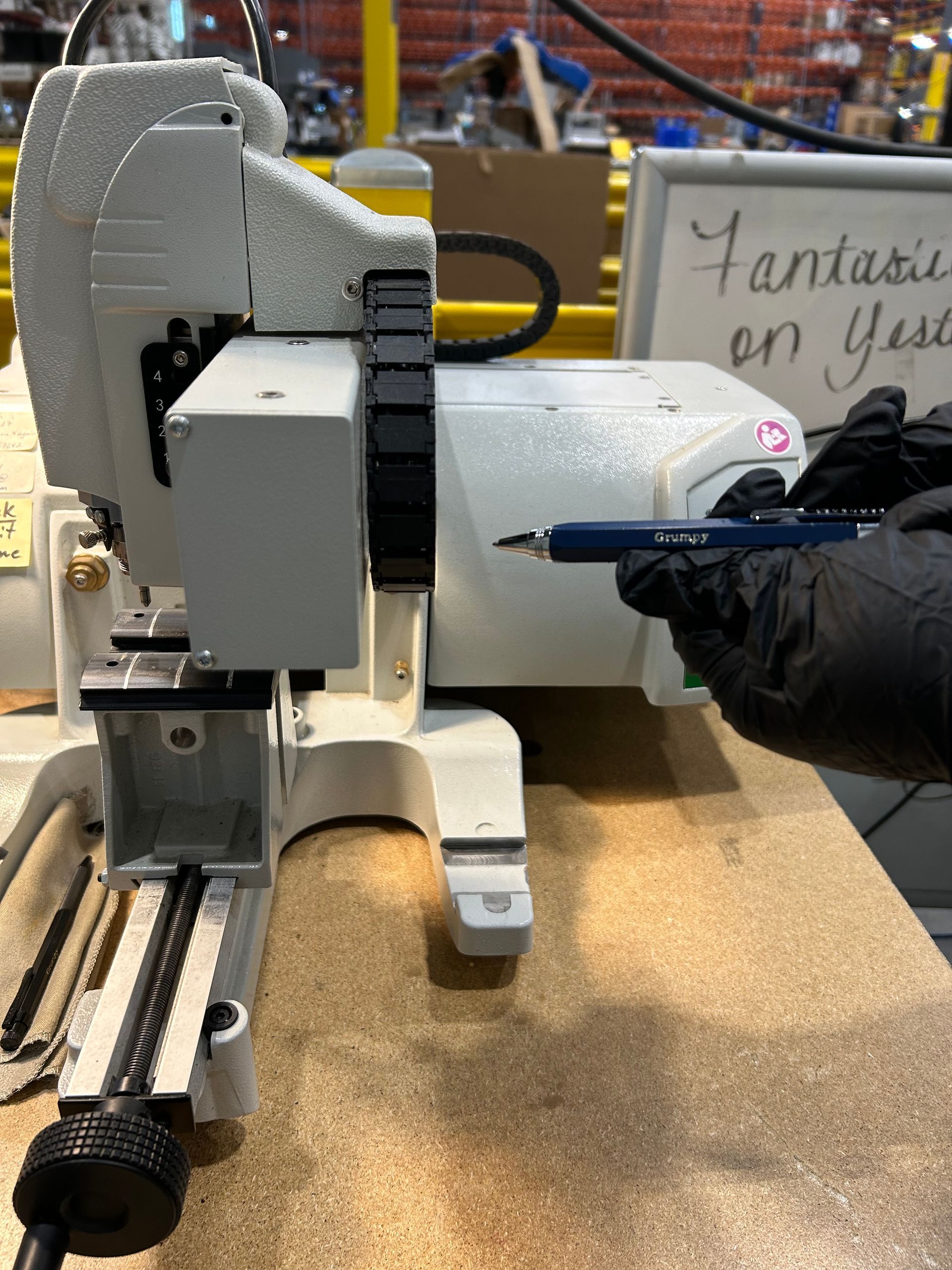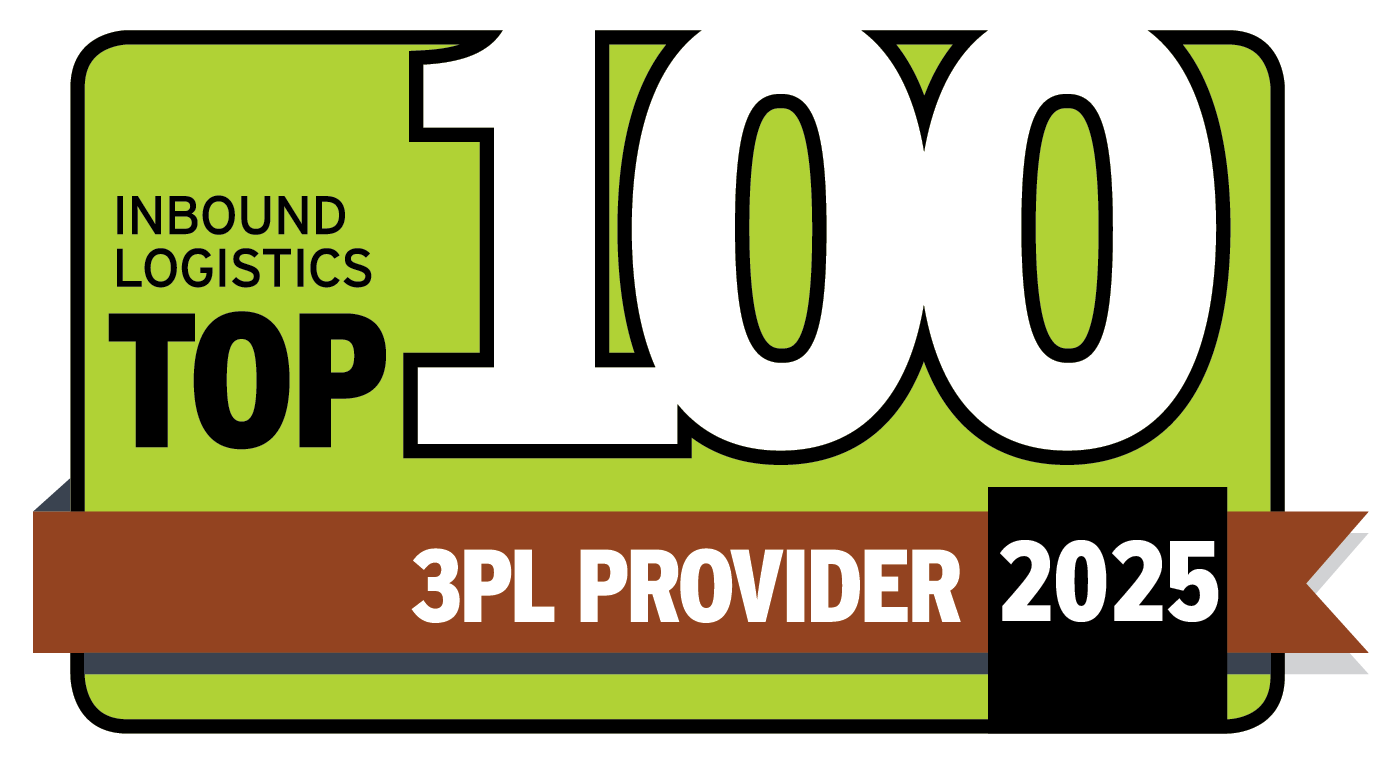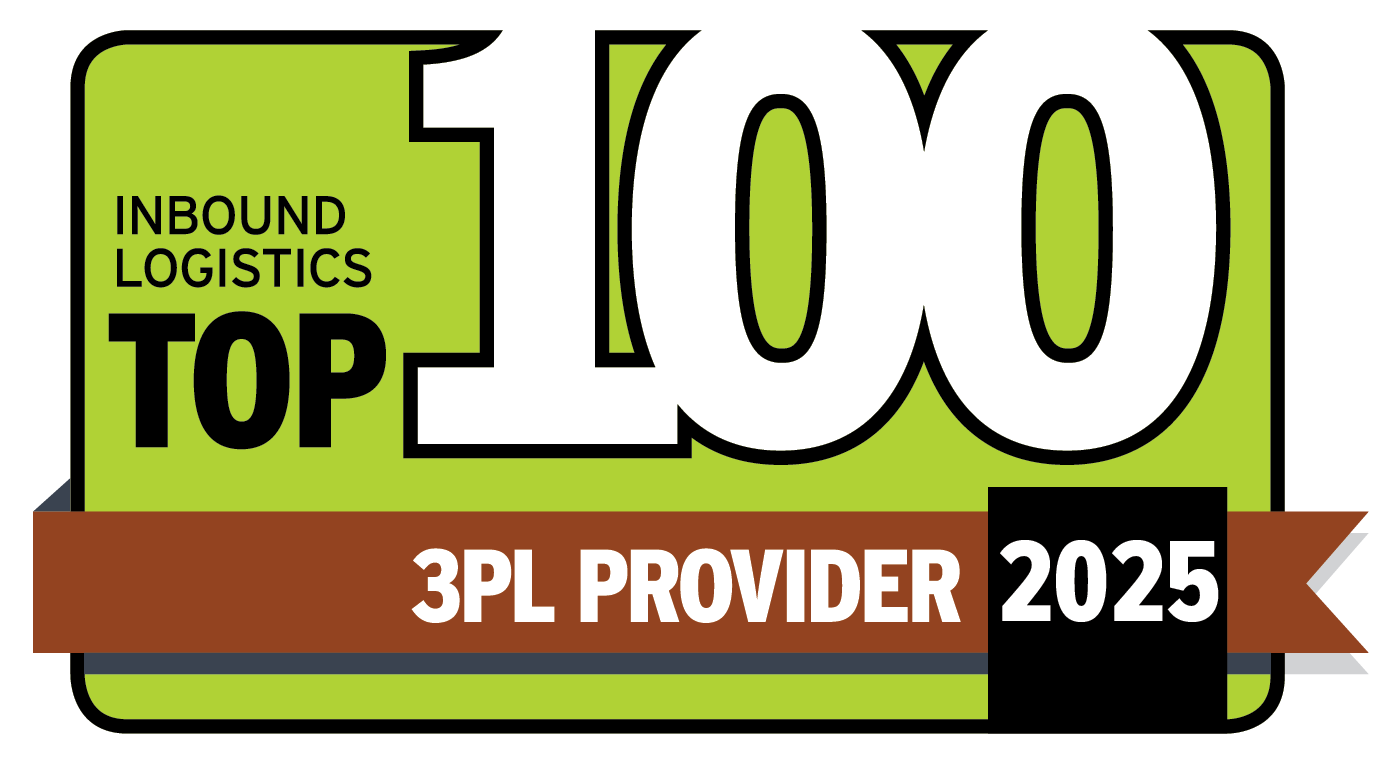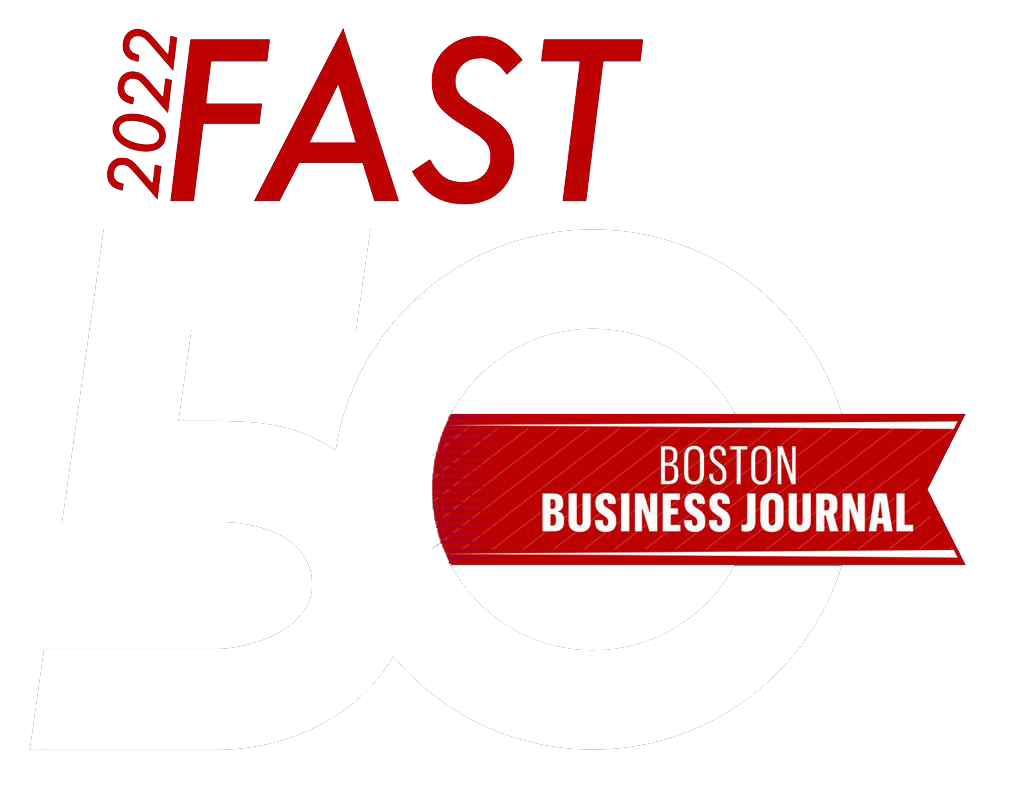The Future of Third Party Logistics: Amazon's Latest Disruption
Today’s supply chain technology allows you to get on your computer or mobile device to order just about anything and everything, anytime and anywhere. Current studies show that most people are choosing to avoid the unruly crowds that seemingly go hand in hand with the Holiday season and instead, they are popping out their credit card, and logging on to make their purchases.
The Wall Street Journal reported online sales for “Cyber Monday” in 2013 rose 30% over last year, as consumers have become comfortable browsing websites and placing orders so products land on their doorstep in a matter of days. This new reality has placed an even higher importance on the operations of retailers, distribution centers and fulfillment networks. Companies and retailers are reworking everything from their websites to accept online orders, to using a distributed fulfillment model so consumers can pick up their online purchases at their local brick and mortar store. As consumers become more accustomed to the ease of ordering goods through a variety of eCommerce platforms and receiving their orders in record time, the evolution of third party logistics companies and fulfillment centers everywhere is a must to meet these ever changing consumer demands.
So what’s the next step? Weekend delivery and next day shipping are great and customers almost now expect that to be the norm. However, where will their expectations develop from here? Just imagine placing an order from your home or office and have it arrive in 30 minutes or less. This past Sunday, 60 Minutes revealed Amazon’s plan to employ drones to deliver packages. Amazon’s “Prime Air” would leverage unmanned aerial vehicles, equipped with your desired GPS coordinates to drop packages at your doorstep. These drones could service a 10 mile radius from a local Amazon distribution center and deliver packages weighing up to five pounds right to your front door.
No doubt implementing this technology is a steep undertaking, requiring several years’ worth of logistics and compliance standards. Yet, it would undoubtedly change not only the way we shop but how companies approach distribution methods as a whole. If sub-hour delivery becomes a reality and the view of drones in the sky carrying packages becomes as normal as seeing a delivery truck in your neighborhood, the behavior and mindset of consumers will change as well.
We’ve seen what new technologies have done to the commercial landscape over the past few years, and though it’s still a work in progress, distribution centers, and retailers alike have adapted to these new demands. According to TechCrunch, Black Friday’s mobile sales were up 34% from 2012 and made up 21.8% of all online sales. Companies will have no choice but to embrace these changes or fall victim to the latest market disruption. As these advancements are made, retailers must keep up with the ever-changing landscape or the possibility of becoming extinct is a marked reality. One thing you can count on, customers will continue to demand more, and it’s up to retailers to provide customers what they want, where they want it and when they want it or risk extinction.
Amazon CEO, Jeff Bezos, strives to own the next disruption in his industry. As the world’s largest Internet retailer, as well as a major fulfillment and distribution player, he plans to revolutionize the e-commerce world with Prime Air. When, and if, this becomes a reality is still very much up the air (pun intended), but without a doubt, it provides much food for thought for the logistics industry.
Recent Blog Posts







